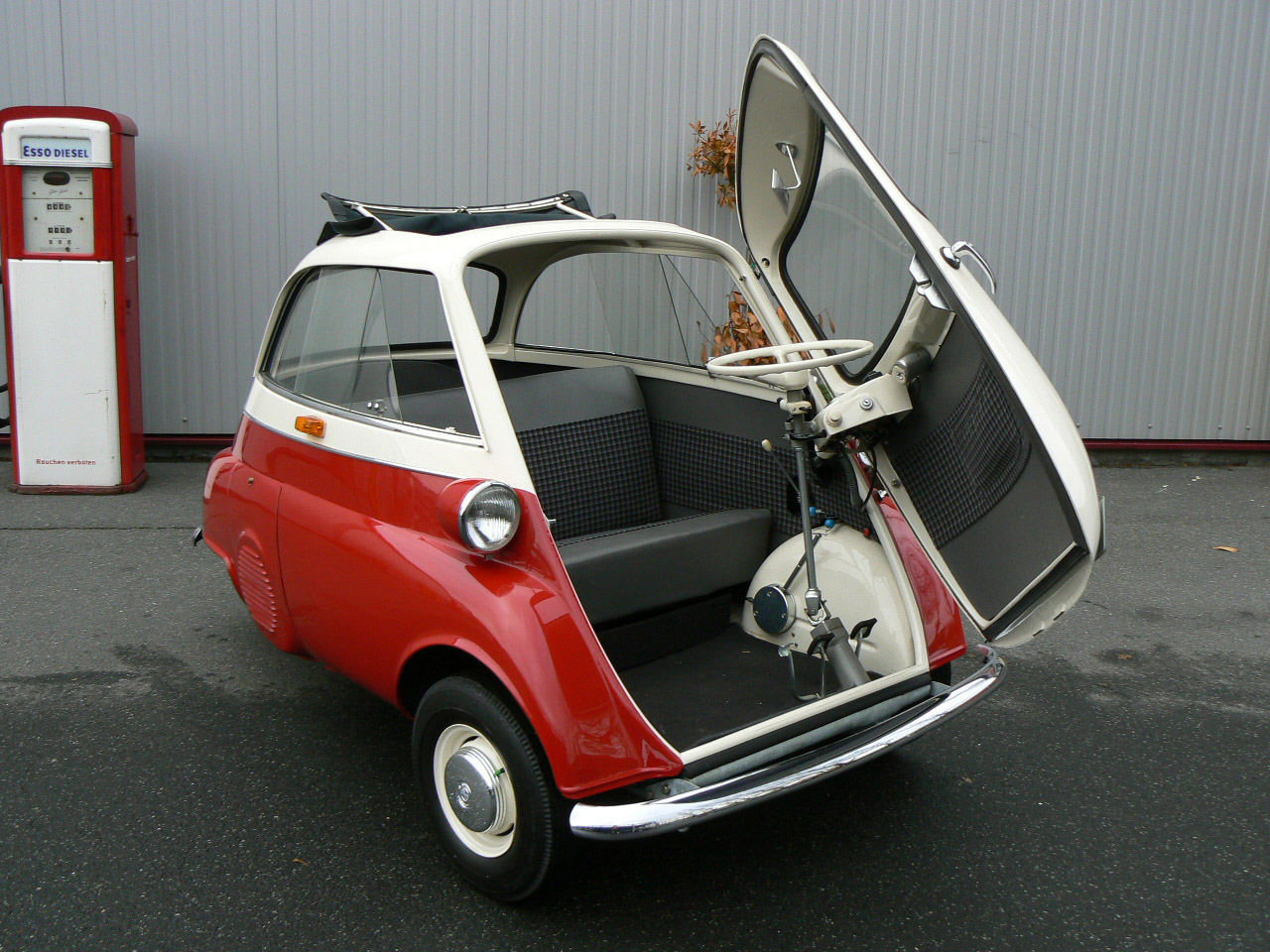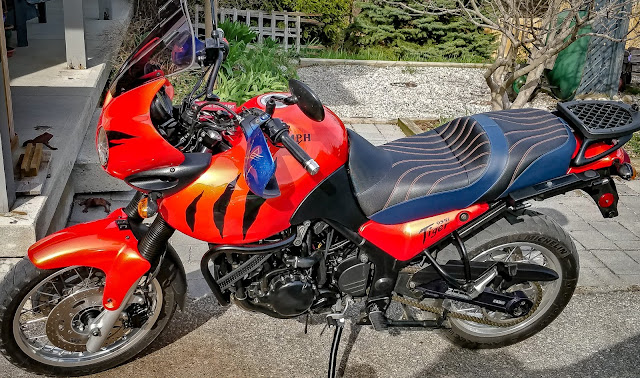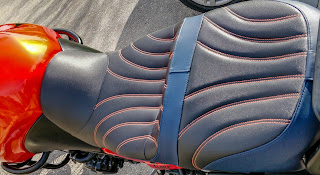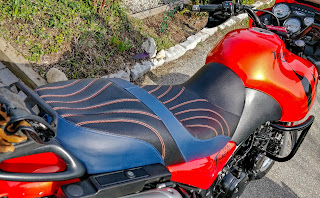 I was asked what our spec-ed teachers can do to help students with IEPs who are struggling with technology at home. This might not be the answer they expected, but here’s 30 years of IT experience at work, and it follows the screensaver I always ran when I was a full time IT technician: SIMPLIFY!
I was asked what our spec-ed teachers can do to help students with IEPs who are struggling with technology at home. This might not be the answer they expected, but here’s 30 years of IT experience at work, and it follows the screensaver I always ran when I was a full time IT technician: SIMPLIFY!
For many ‘tech’ is something out of their comfort zone which means you’re battling a confidence issue as well as the tech problem. For others, especially younger people who have been told they’re digital natives who intuitively understand technology (which is hooey) you get the Dunning-Kruger Effect in full blossom and have have to back them out of the assumptions they jump into too quickly.
Here are the simple how-tos for tech support which will resolve the vast majority of technical problems you’ll face in our bizarre new world of COVID19 bubble remote learning (you’ll be building digital fluency in your users too!):
THE BASICS FOR TECH SUPPORTING REMOTE LEARNING

1. Have you tried turning it off and on again? You’d be amazed how often that solves things. There is a lot of data moving around in a computer and the person using it may very well have interrupted some of those processes. Rebooting a computer lets it sort itself out and undo those interruptions.
2. SLOW DOWN! (it’s a theme) Actually read the error – the computer is trying to tell you something, slow down and read and understand it. Many people tend to make assumptions and then start mashing buttons and messing with settings. This makes it even harder to fix the probably simple issue that kicked this off.

3. Get good at searching online for a solution. Don’t paraphrase, put the specific message you’re getting in the search and you’ll get specific how-tos, you’ll also get a sense of how common what’s happened is. Include details. What operating system are you running? Windows 10? Windows 8? Windows 7 even though it is no longer supported by Microsoft but your school board won’t update? Mac OSx? ChromeOS? What model of computer are you using – it’s stamped on it somewhere. Get details and use them in your online search.

4. Having said number 3, the internet is populated with idiots, so don’t believe everything you read on the interwebs – be criticial! Look for quality answers from a good source (it’s NEVER reddit – see the brilliant commentary on the right).
A Chrome answer from a Google page? A Windows answer from a Microsoft page? A Mac answer from an Apple page? That’s where you want to look – and then SLOW DOWN (theme, remember?) read and understand what they’re saying.

5. Make one change and test it. As Charles from MASH once famously said, do one thing at a time, do it very well, and then move on.
Running off half cocked is what too many people do. They end up making things worse by digging into settings and mashing buttons. If it worked before, it’s probably a single thing that changed. Slow down, read and understand what’s happening, isolate the problem, solve it – then reboot to let the computer sort itself out!
The technical side of things is only one part of the technical support equation. Dealing with user psychology is the unspoken, secret side of the business. User resilience plays a big part in how many technical issues you’re tasked with solving. It’s a lack of confidence that prevents people from solving many of these issues themselves, not the technical complexity of the issue itself. As my Dad once said, if a person built it, I can fix it. Until we’re facing alien technology, you got this.
If we can build confidence and encourage everyone to take on responsibility for using the tech, everything tends to work better, the user included. Don’t ignore the psychology – make a point of congratulating yourself or your user for resolving their own technical challenges – it helps bridge that confidence deficit.
 6. BONUS: it’s usually something simpler than you think it is. When I was looking at blade server failure that had just knocked over 600 employees off the network for no reason everyone else in the department wanted to dive into software settings. I went and looked at the thing and realized it had been plugged in to the wrong breaker (plug), and it kept popping when over 400 connected at time. Others wanted to get into settings, I checked to see if it was plugged in properly.
6. BONUS: it’s usually something simpler than you think it is. When I was looking at blade server failure that had just knocked over 600 employees off the network for no reason everyone else in the department wanted to dive into software settings. I went and looked at the thing and realized it had been plugged in to the wrong breaker (plug), and it kept popping when over 400 connected at time. Others wanted to get into settings, I checked to see if it was plugged in properly.
Mike Meyers has a similar story in his CompTIA A+ Study manual: a colleague was bragging about how great his security firewalls were on a new server. Mike bet him he could get into it and the guy took the bet. Mike put on overalls, walked into the office saying he was there to do some maintenance and the receptionist waved him in. He walked into the server room, unplugged it and walked out of the office with it under his arm. The receptionist didn’t notice because her internet was down (he’d just walked out with the thing that served it).

7. SUPER BONUS!!! PUSH YOUR UPDATES! If you’re on Windows type in update in the search bar and it’ll walk you through them – being out of date can stop your machine from working properly, especially in our interconnected techosystem (see what I did there/). Being out of date also opens you up to all sorts of cybersecurity headaches. If you’re on an Apple product, the process is similar. Chromebooks need updating love too, don’t forget it!

There is nothing magical about digital technology, or any technology really. Our inability to manage it usually comes down to either a confidence problem around a lack of familiarity or an over falsity of confidence based on the same thing.
When you’re trying to get students connected during an emergency situation don’t over-complicate things and look for the easiest fix first. I’ve seen ‘experts’ diving into Chrome settings and spending an hour messing with settings and still coming up short. The IT tech in me always wonders why they don’t spend five minutes uninstalling and reinstalling it. The point isn’t to show off your prowess (though I’m not sure that wandering through settings randomly trying things for an hour would do that), it’s to make things work.
In short, be humble, be helpful and be solutions focused which includes addressing where your user is in terms of psychology. That’ll get 99% of your technical challenges sorted in our bizarre COVID remote learning bubbles. For the other 1%, that’s why we have IT departments.

from DUSTY WORLD on Blogger https://ift.tt/2Xpg8jY published in the middle of the spring 2020 COVID19 emergency remote learning situation as I found myself buried under dozens of requests for help from frantic teachers and students.
via IFTTT






























